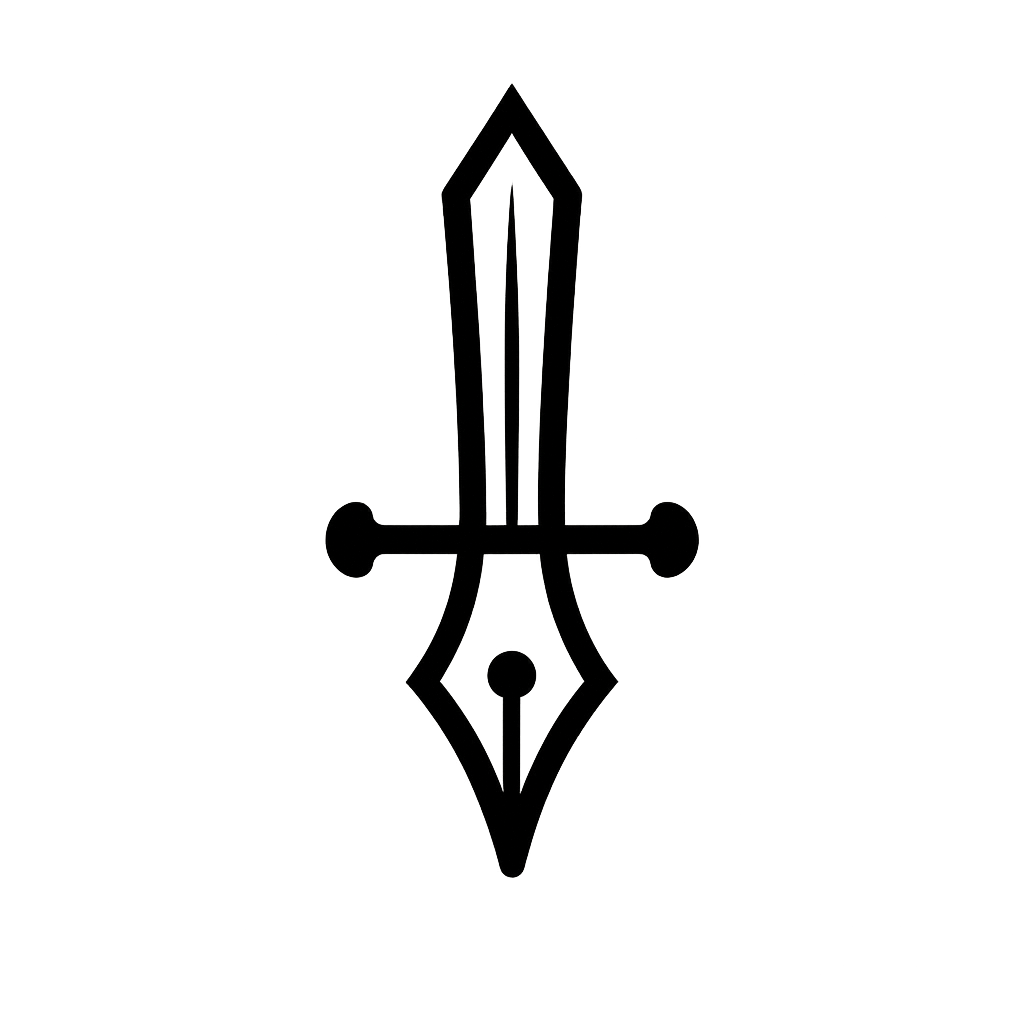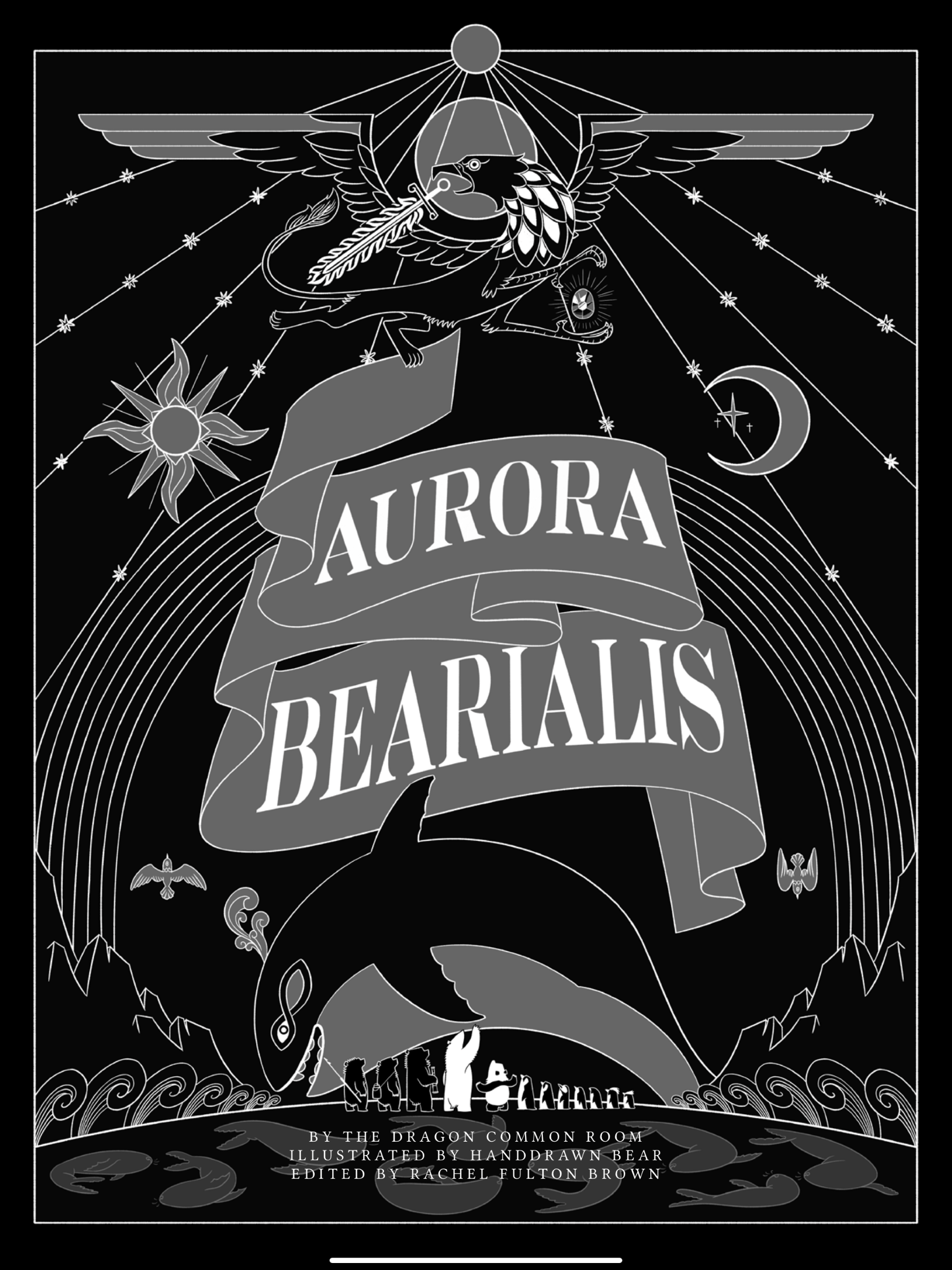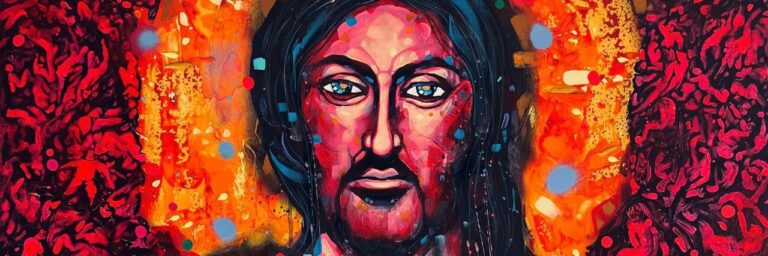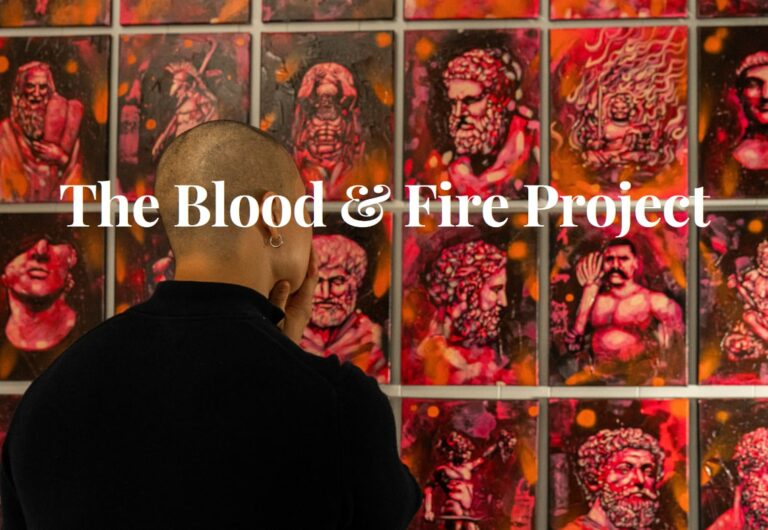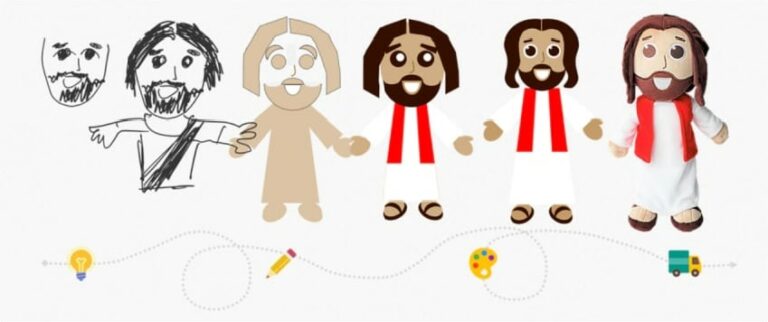By Rachel Fulton Brown and Kilts Khalfan
We live in dark times for Christian storytelling. Movies, television, comics, and games have all gone over to the dark side, serving the Lord of this World through dreams of power and subversion. We wanted to write a Christian story to combat the grooming and blasphemous worship of the seducers and baby-killers, while at the same time introducing children and their parents to the Light which the Enlightenment denied.
Our problem was two-fold. Modern Christians for the most part have lost touch with the foundations of our faith in the symbolism of the Scriptures and the apostolic liturgy, so suspicious have they become since the invention of the printing press with anything that smacks of idolatry (while, ironically, making idols of their texts). And yet, we live, as Marshall McLuhan famously put it, in the multisensory world of the electric light, under whose influence we long to participate in the collective consciousness of the familial tribe. Just as the printing press drove the development of nationalism and individualism, so our electric media have driven the development of mass society, paradoxically pointing us back to the times when our ancestors looked to the heavens as the great source of Light.

Accordingly, as Christian storytellers, we take our inspiration from the heavens, as well as from the longing that children have to go on adventures. Christianity began with the appearance of a star. The luminous fire over Bethlehem drew the gaze of the astrologers of Chaldea, those fabled Magi of old. Time itself was split into BC and AD by this heavenly body appearing over the manger, as the heavenly body of our Lord appeared from the womb of His Holy Mother. This longing to go in quest of the Light of the World is the essence of the Nativity story, and truly the essence of the Christian story.
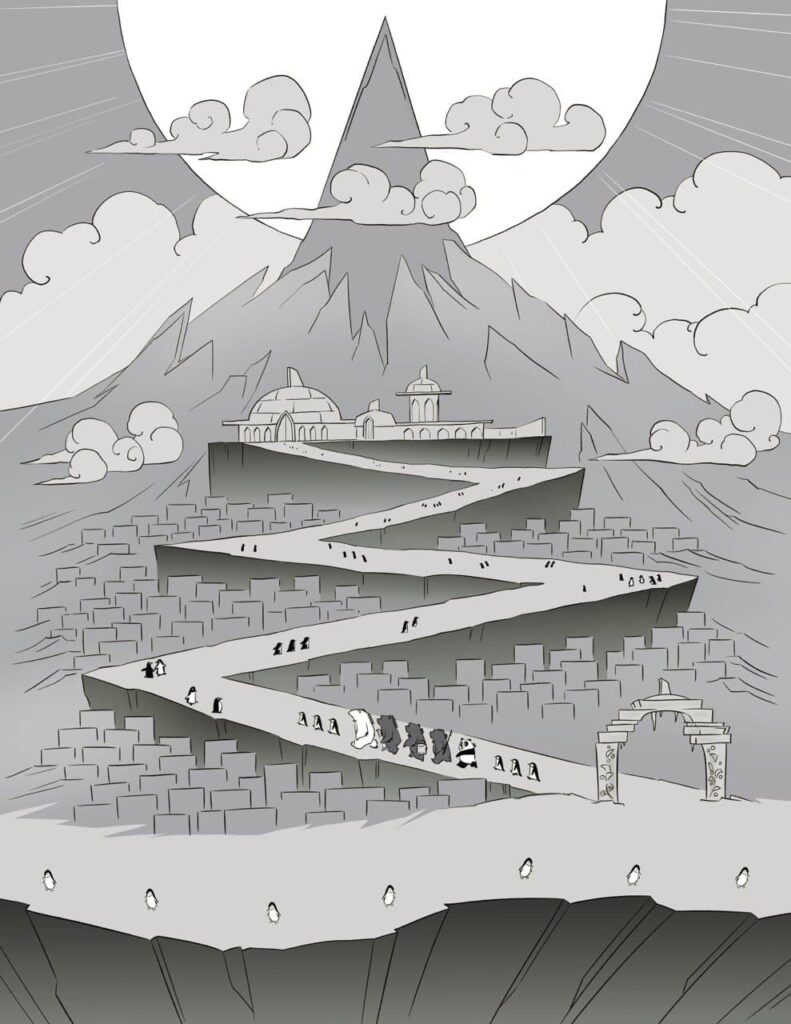
Children have ceased reliving this great adventure to find the star of Bethlehem, as Enlightenment rationality created a Christmas that is now mere bank holiday with greeting cards. We wanted to create a story that captured the childhood wonder of dressing up and becoming a Wise Man looking for Christ. The Dragon Common Room (DCR) hosted by Professor Rachel Fulton Brown on Telegram is focused on reviving the medieval tradition of mimetic and liturgical Christian thinking. Iconography, which has become an almost occult fetish to the Enlightenment world, means “image writing,” not “idol making.” Orthodox Catholics write icons as a practice of participating in the incarnational reality of God the Word becoming flesh. Our project in the DCR is to merge the writing of icons and poetry to train readers in the kind of medieval Christian thinking that has been exterminated from Western consciousness by woke culture and modern scientism.
Before the empirical measurement of matter became the dogma of our culture, the “Science of Virtue” was the main focus for medieval Christians, who trained themselves as readers and writers in the classical Liberal Arts. This training comprised both the arts of language (Grammar, Logic, and Rhetoric) and the arts of number (Arithmetic, Music, Geometry, and Astronomy). The Dragon Common Room is an attempt at reviving this tradition in the digital medium, and to train the Drakes specifically to wear the crown of the Seven Liberal Arts: poetry. Poetry is the laurel wreath of the Liberal Arts, where all of its branches are drawn into the composition of beauty—metered language, as sung by the angels in their heavenly choirs. In this practice, the Christian is required to speak aloud and incarnate the fulness of his or her learning, and to demonstrate the core of the Christian mind, which is Wisdom, manifest in the flesh.

This year, we gave ourselves the quest of writing an adventure for children, which we published just before Christmas through our own publishing house. Entitled Aurora Bearialis, our newest poem may be best described as Dante for children. Like Dante’s comedy, Aurora Bearialis works on multiple levels—historical, allegorical, moral, and anagogical—with an adventure set in our “middle-earth” imagined “flat” as if on a medieval mappa mundi. The adventure takes four young Northern bears on a quest for the Aurora that burns like living fire in the Southern hemisphere. Along the way, the bears encounter a panda who has been lured away from his mother and kin by the narcissistic gaslighting of a harem of mean-girl seals. Persuaded to join the bears, the panda becomes their mystic guide by way of his hunger, when he eats of the offerings ritually arrayed on the altar guarded by the penguins in their Ice City.
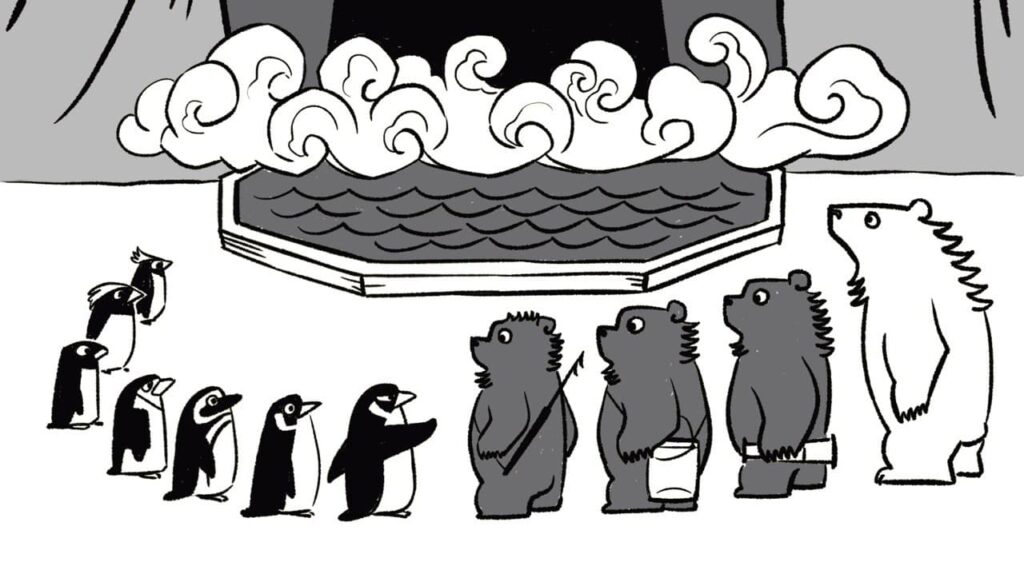
No spoilers! But there is a mysterious griffin flying high overhead, and an ominous black fin that has dogged the bears’ journey since the beginning. Allegorically, the story points to Christ as the Incarnate Light through the image of the Griffin incarnate as the Aurora Australis. Morally, our story teaches children how to deal with bullying and grooming through training in courage and faith. And, anagogically, through its riddles, the story points to the reality of the symbolism embedded in the sacraments: the three-fold states of the water of Baptism, the sun-dropped bread and wine of the Eucharist, and the living diamonds of our sin-burned bodies. Did we mention that our story is also fully-illustrated by our very own HandDrawnBear, her animated drawings modeled on the manuscript illuminations by whose light medieval Christians read their texts?

The tongue is the machine of the mind. Proverbs 13:3 states: “Death and life are in the power of the tongue, and those who love it will eat its fruits.” In the Dragon Common Room, we are trying to revive the practice that trains the machine of our minds, which is poetry. And to introduce again to the West the iconographic thinking that it is now embracing thanks to the emergence of the Internet (think memes and gifs). The Telegram medium is almost perfectly suited to training in the mosaic medieval style, as it allows us to converse with the multisensory tools of icons, written text, and both video and voice. The Dragons assemble from all over the world for daily Tea Time for formal lessons, although the chat runs almost constantly. From this endless flow of chatter, we find our themes and muses for poetic practice in the tradition of the choirs that sang their praises daily to the Lord of the psalms—and the drakes. For a taste of our poetry and links to where to buy Aurora Bearialis, visit the Dragon Common Room website or gab profile. To find our common room on Telegram, go to fencingbearatprayer and knock in the comments for the chat
